Our verdict
- Top pick in best running spikes
- Top pick in best sprints running spikes
Pros
- Pebax plate enhances toe-off
- Highly breathable
- Premium notched laces
- Affordable price point
- Roomy toecap area
- Suitable for hurdles
- Provides good stability
- Slightly cushioned
- Impressive durability
Cons
- Noticeable weight
- Possibly too flexible
Audience verdict
Comparison
The most similar running spikes compared
+ + Add a shoe | |||||
|---|---|---|---|---|---|
| Audience score | 91 Great! | 90 Great! | 90 Great! | 89 Good! | |
| Price | £80 | £160 | £180 | £70 | |
| Weight lab | 6.1 oz / 174g | 5.5 oz / 156g | 6 oz / 169g | 6.2 oz / 176g | |
| Breathability | Breathable | Breathable | Moderate | Warm | |
| Use | Sprints | HurdlesSprints | HurdlesSprints | Sprints | |
| Removable spikes | ✓ | ✓ | ✓ | ✓ | |
| Width / fit | Medium | Medium | Narrow | Medium | |
| Toebox width | Medium | Medium | Medium | Narrow | |
| Drop lab | 3.3 mm | 0.0 mm | -0.9 mm | 1.8 mm | |
| Size | Half size small | Slightly small | Slightly small | Slightly small | |
| Midsole softness | Balanced | - | Balanced | - | |
| Tongue padding | Average | Average | Thick | Very thick | |
| Stiffness | Flexible | Moderate | Stiff | Moderate | |
| Torsional rigidity | Moderate | Moderate | Stiff | Moderate | |
| Heel counter stiffness | Flexible | Flexible | Moderate | Flexible | |
| Outsole thickness | Average | Very thick | Average | Average | |
| Outsole hardness | - | - | - | Very hard | |
| Heel tab | None | Finger loop | None | None | |
| Heel stack lab | 13.3 mm | 12.3 mm | 15.9 mm | 10.4 mm | |
| Forefoot | 10.0 mm | 12.3 mm | 16.8 mm | 8.6 mm | |
| Insole thickness | Average | Average | Average | Thick | |
| Midsole width - forefoot | Narrow | Very narrow | Average | Narrow | |
| Midsole width - heel | Average | Very narrow | Average | Very narrow | |
| Ranking | #6 Top 47% | #7 Bottom 46% | #9 Bottom 30% | #10 Bottom 23% | |
| Popularity | #9 Bottom 30% | #4 Top 31% | #6 Top 47% | #12 Bottom 7% |
Who should buy
We think the Rival Sprint from Nike is an excellent choice for:
- New track athletes seeking a durable, entry-level spike.
- Runners looking for a balance between minimal and cushioned spikes.
- Budget-conscious athletes needing an affordable option for 60-400m intervals on local tracks.
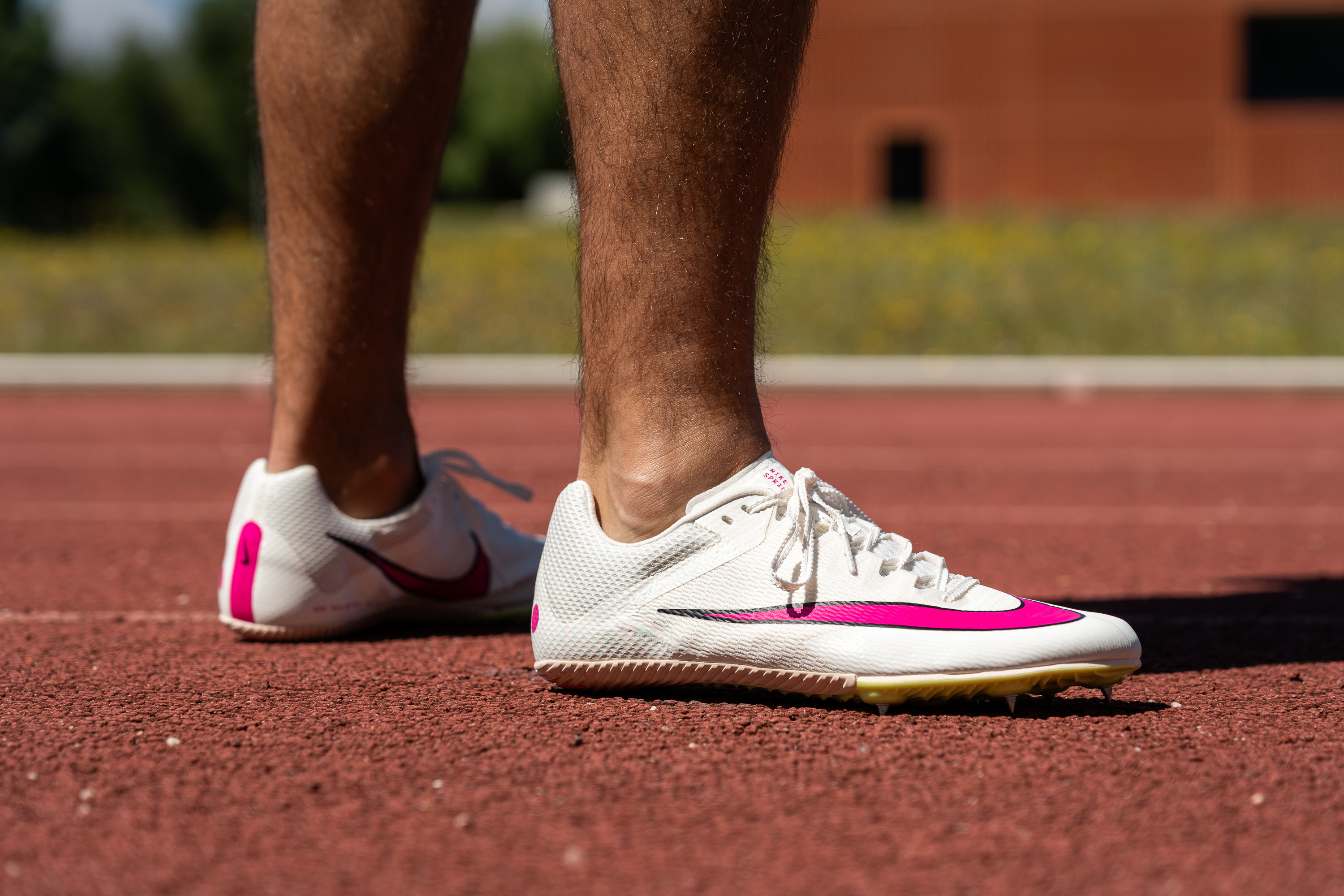
Who should NOT buy
We think the Rival Sprint may not be the best choice for advanced runners due to its high weight. If this is a critical factor for you and budget allows, we recommend considering the Nike Air Zoom Maxfly for an incredibly light and propulsive experience. Alternatively, if you're watching your wallet, the Nike Ja Fly 4 is also a good option.
Additionally, we believe that runners planning to exceed 800 metres might find the Rival Sprint less suitable. For those distances, the Nike Zoom Rival D 10 offers an affordable solution, while the Nike ZoomX Dragonfly, though pricier, provides a premium running experience.

Cushioning
Heel stack
Unlike other budget-friendly spikes, the Rival Sprint uniquely includes some foam, with a notably thicker layer in the heel (13.3 mm). Nonetheless, is well below the World Athletics' 20-mm limit.
The foam utilised by Nike is understandably not top-tier, given the modest £80 price tag. Instead, we identified Phylon—a commonly used EVA that offers good durability and satisfactory energy return.
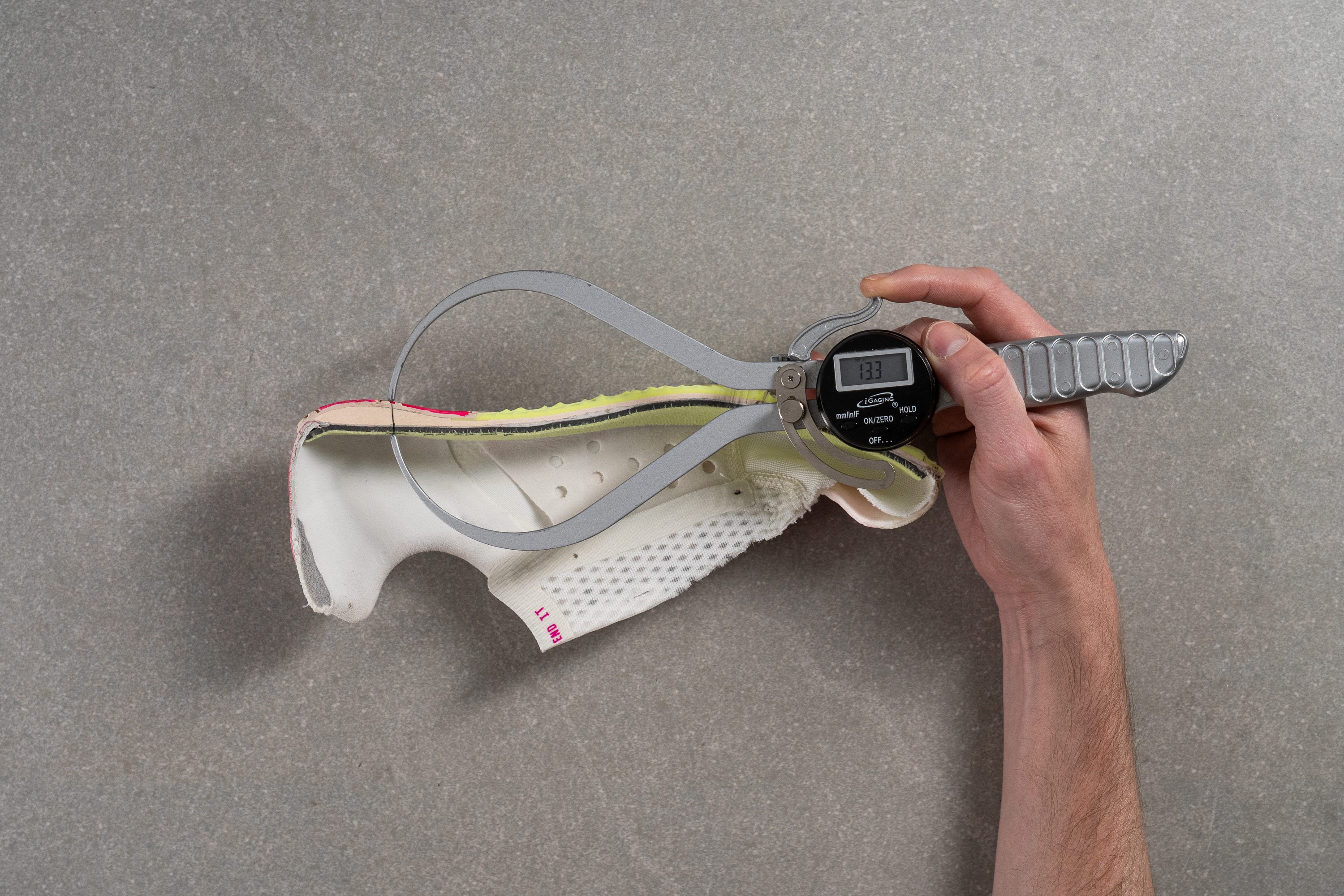
| Rival Sprint | 13.3 mm |
| Average | 15.8 mm |
Forefoot stack
The forefoot features only a very thin layer of foam, sandwiched between the Pebax plate and the insole, totaling just 10.0 mm—or 1 centimeter.
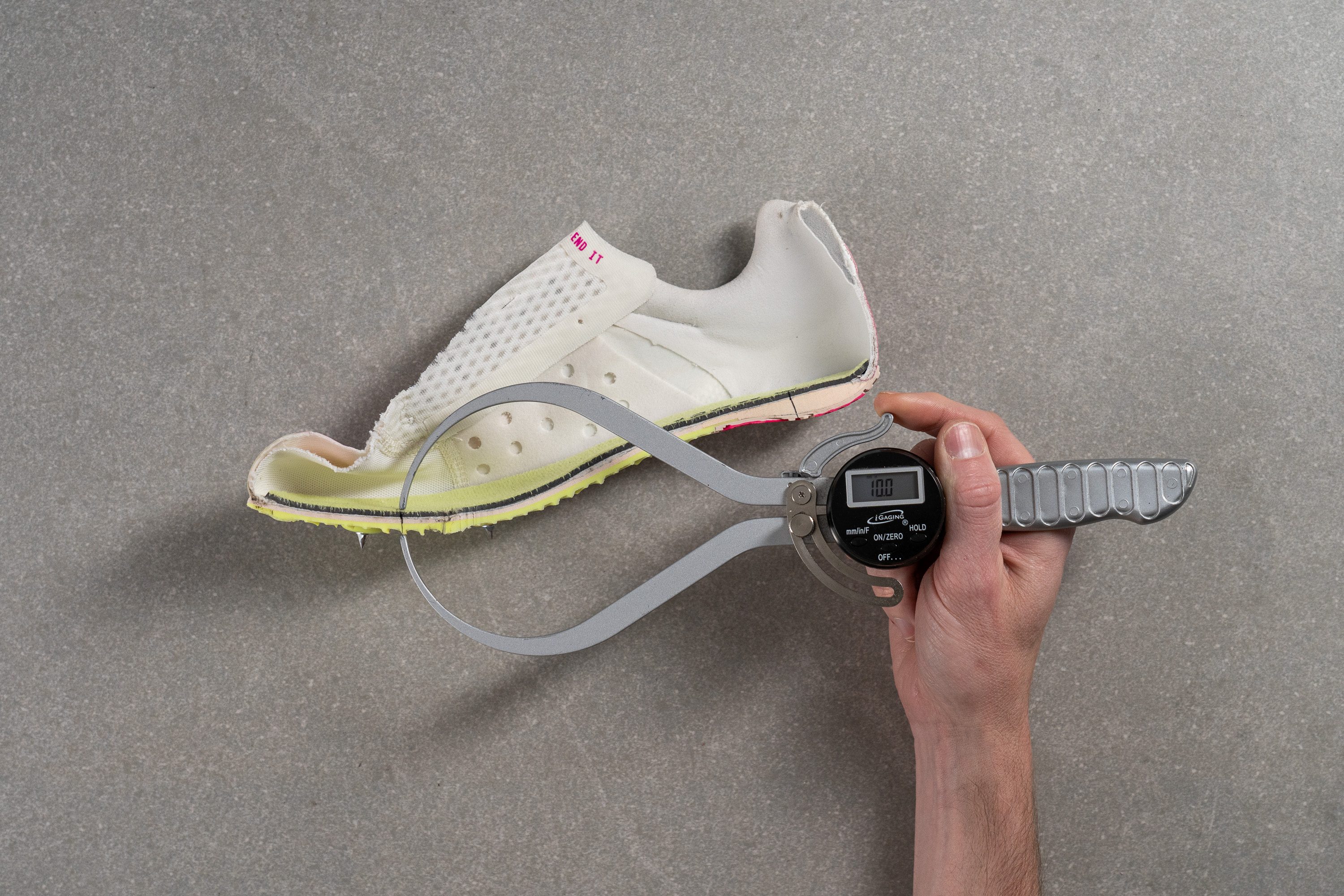
| Rival Sprint | 10.0 mm |
| Average | 14.8 mm |
Drop
With a bit more foam in the heel than we expected, we discovered that this spike boasts a surprisingly high 3.3 mm drop.

This is ideal for those whose calves and tendons need extra support beyond what is typical with sprint spikes.

| Rival Sprint | 3.3 mm |
| Average | 1.0 mm |
Midsole softness
The Phylon EVA foam definitely delivers a firm feel underfoot, which we appreciated because it isn't mushy by any means.
Using our Shore A durometer, we measured a 29.3 HA reading—typical for a spike, yet on the firmer side compared to a road running shoe.

| Rival Sprint | 29.3 HA |
| Average | 24.3 HA |
Removable pins
The Rival Sprint features 6 removable pins. We also noted that it has fewer pins than the typical Nike sprint spikes, which usually feature 7 or even 8-pin setups.
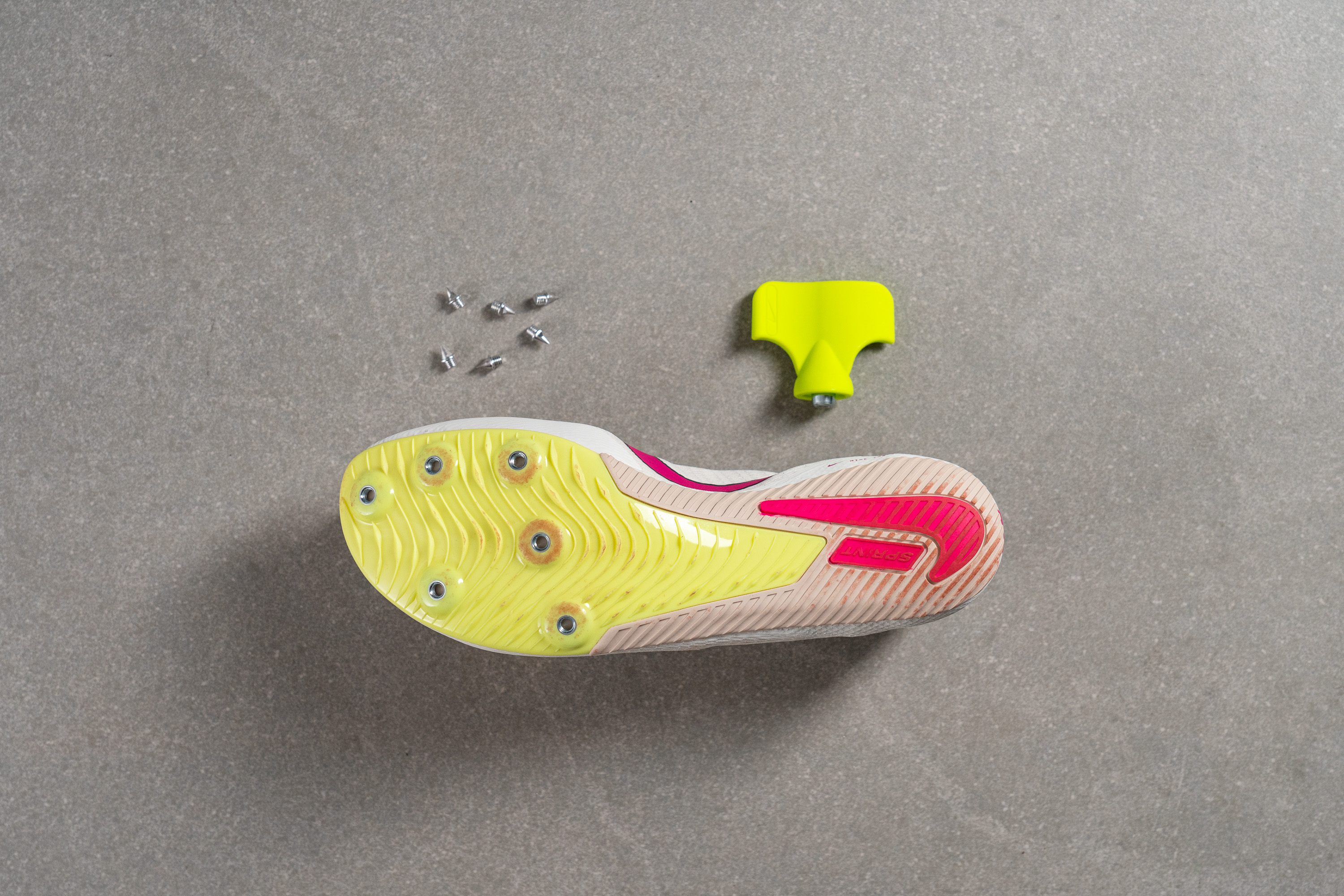
Size and fit
Size
Nike Rival Sprint fits half size small (31 votes).
Consider sizing up
Width / Fit
The Nike Rival Sprint offers an undeniably snug one-to-one fit. But how does it stack up against other running spikes? We created a gel mould of its interiors to find out.
In its widest part, the Rival Sprint comes in at a moderate width of 88.8 mm. This confirms that the spike is optimised for high performance in sprints ranging from 60 to 400 metres.

| Rival Sprint | 88.8 mm |
| Average | 88.2 mm |
Toebox width
The spike also confirmed its average fit with a standard width of 68.9 mm in the big toe area.
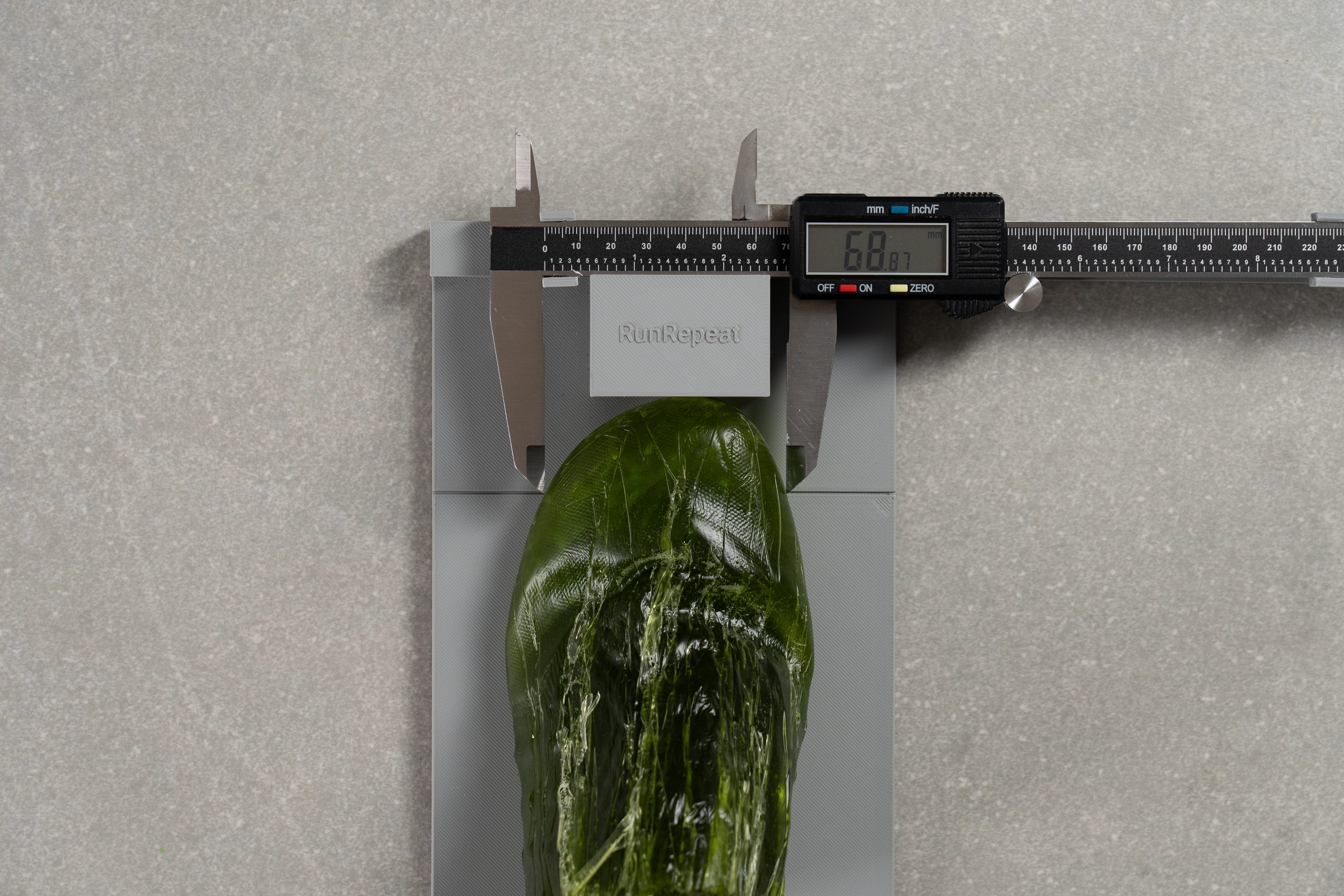
| Rival Sprint | 68.9 mm |
| Average | 68.8 mm |
Toebox height
Not much vertical toe room to be expected here too—after all, the Rival Sprint is designed for propulsion and fits tightly like a sock.
The spike's toebox height returned a moderate reading of 25.8 mm.
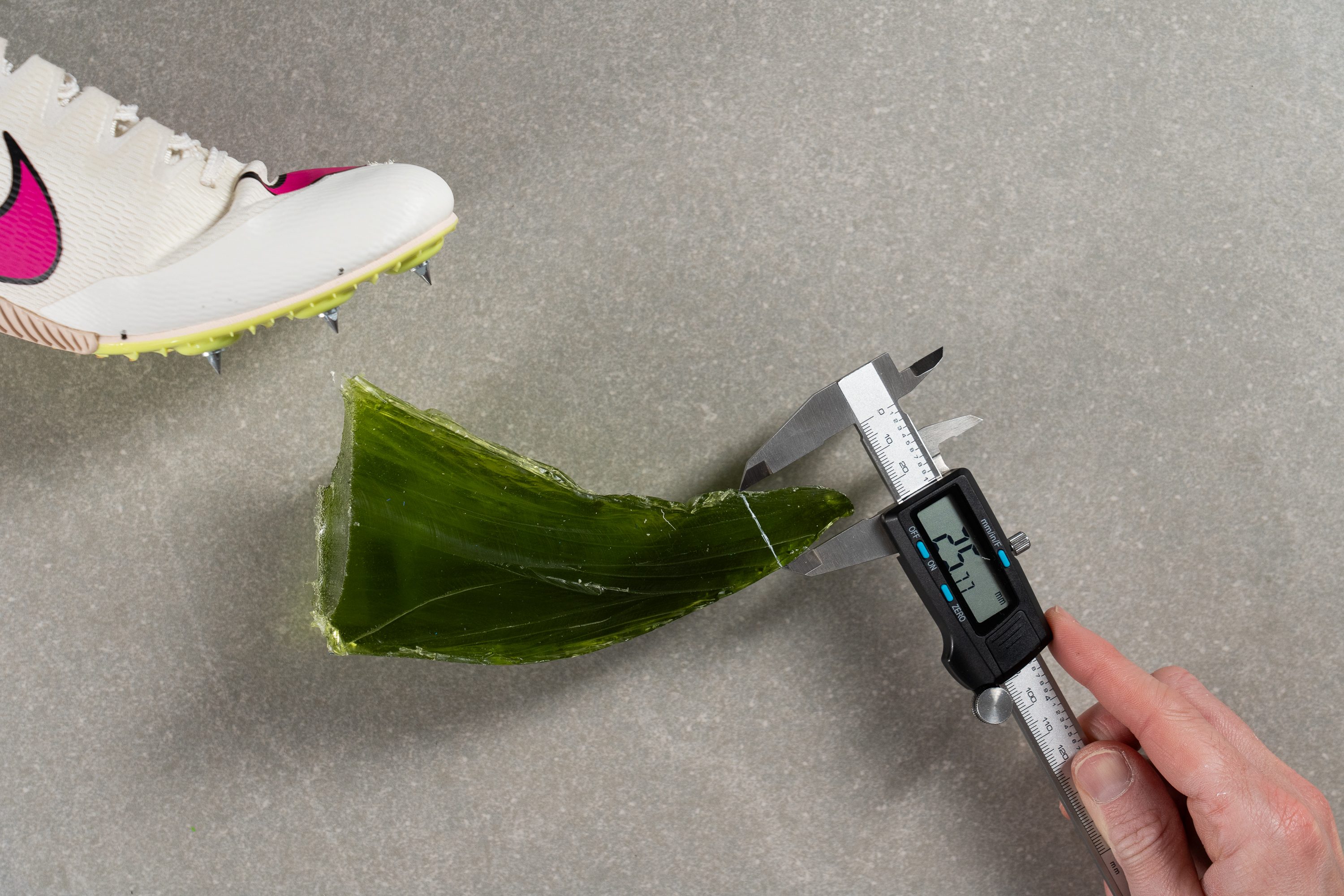
| Rival Sprint | 25.8 mm |
| Average | 26.1 mm |
Flexibility / Stiffness
We discovered that the Rival Sprint, despite featuring a Pebax plate in the forefoot and midfoot, is one of the most flexible sprint spikes we've tested—perfect for those looking to strengthen their feet during short intervals.
In our standardised bend test, it registered a low score of 5.4N.
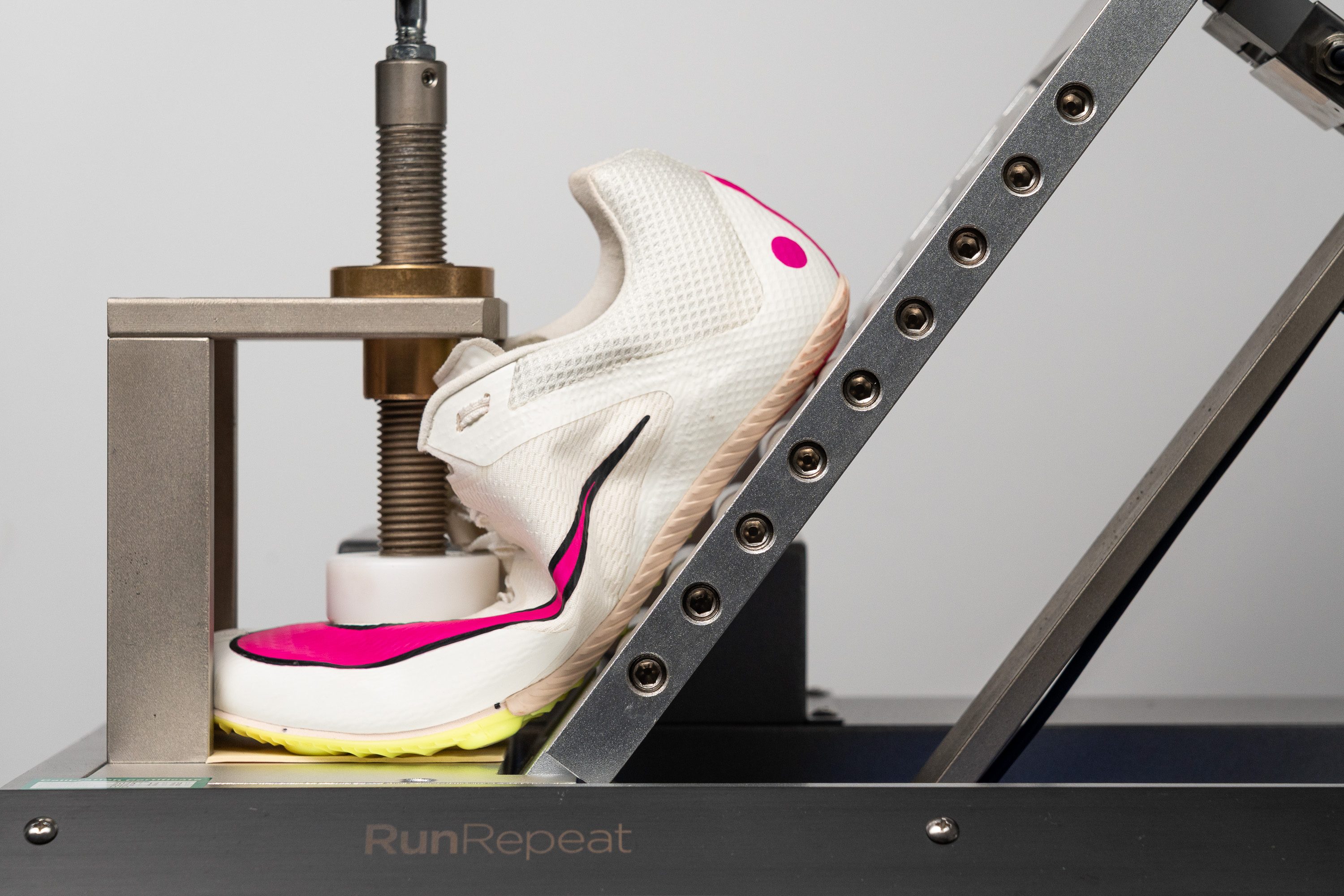
| Rival Sprint | 5.4N |
| Average | 13.0N |
Weight
At a noticeable 6.1 oz (174g), the Rival Sprint certainly isn't a featherweight spike.
Based on our extensive experience, miracles are scarce in the running shoe industry. The modest £80 price tag often indicates major compromises, and this is one of them.
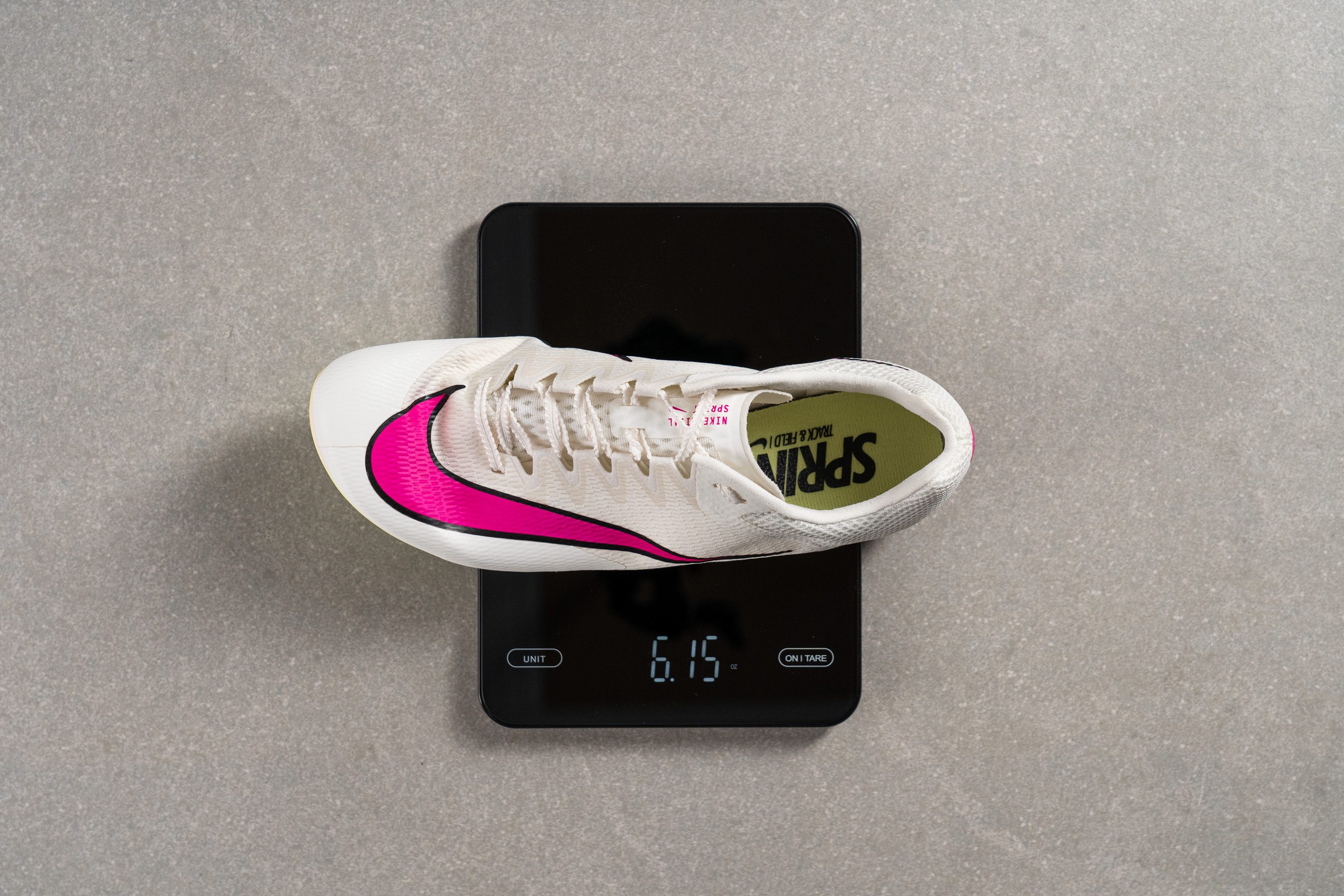
| Rival Sprint | 6.1 oz (174g) |
| Average | 5.5 oz (156g) |
Breathability
While breathability may not be essential for a sprint spike, it is certainly beneficial, particularly for runners who prefer to go sockless (yes!) and rely on good airflow.
We were thrilled to discover that the Rival Sprint offers exceptional breathability, earning a perfect 5/5 from us in this area.
With the use of a light, we observed that Nike incorporated some clever engineering, opting for thinner materials in areas requiring enhanced air flow, including strategically placed vents in the midfoot and an razor-thin, highly ventilated tongue.
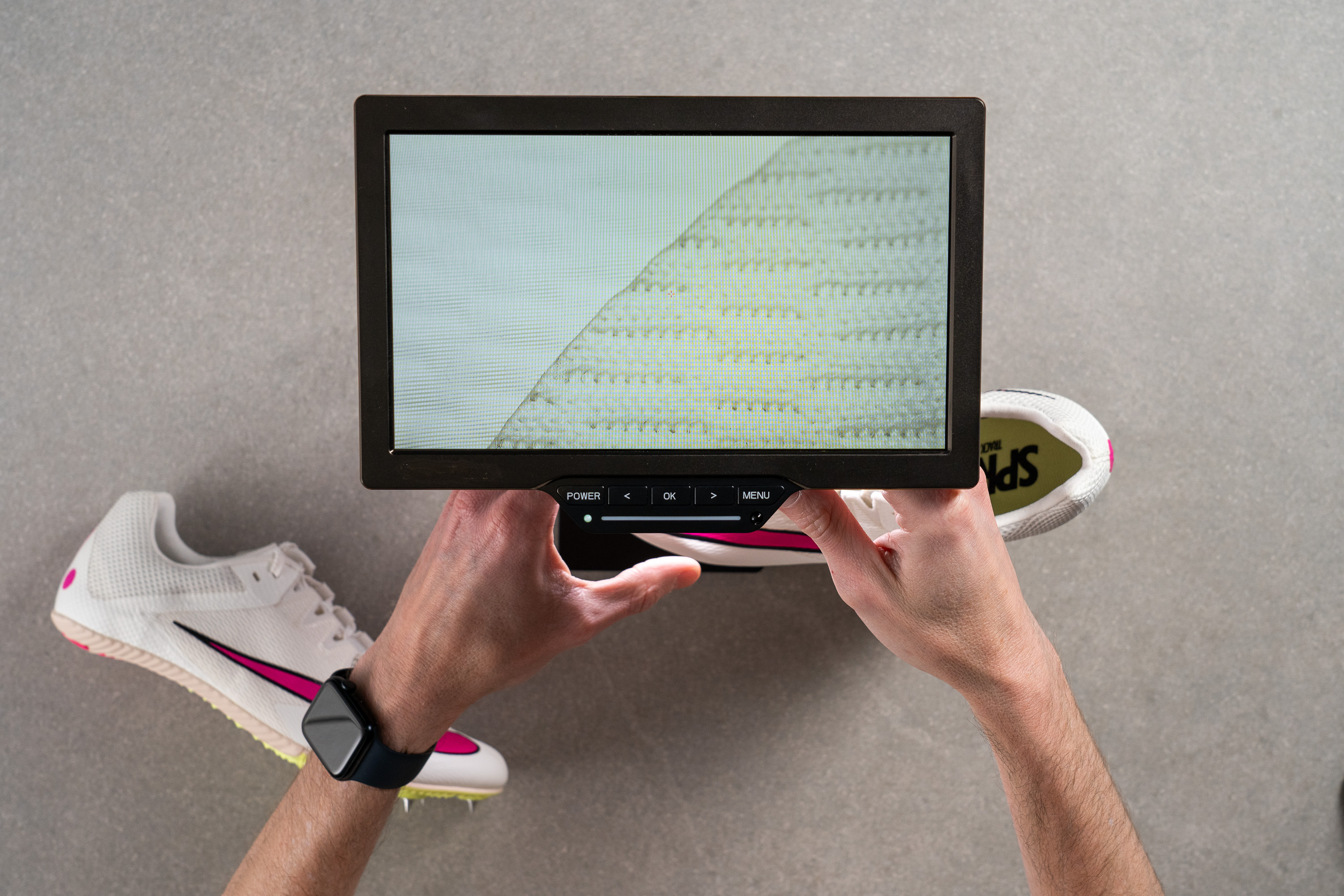
Upon inspecting the mesh under a microscope, we identified a simple engineered mesh that is reinforced with a protective TPU overlay, which helps prevent premature tearing of the upper.

In our hands-on evaluation, the upper felt incredibly comfortable, perfectly suited for sockless use.
However, we were quite surprised by the substantial protection offered by the toe cap—almost akin to what you'd find in some trail running shoes!
| Rival Sprint | 5 |
| Average | 4 |
Stability
Torsional rigidity
We also evaluated the Nike Rival Sprint torsional rigidity and assigned it an average score of 3/5, placing it squarely in the middle of the pack.
| Rival Sprint | 3 |
| Average | 3.2 |
Heel counter stiffness
In another manual test, we evaluated the stiffness of the heel counter. We rated it a 2/5, noting that it's way more padded than lighter models, which may actually be more suitable for an amateur-focused on comfort.
| Rival Sprint | 2 |
| Average | 1.6 |
Midsole width - forefoot
Our manual assessments concluded, and we returned to our digital callipers to measure the midsole width. Starting with the forefoot, we recorded 89.3 mm.
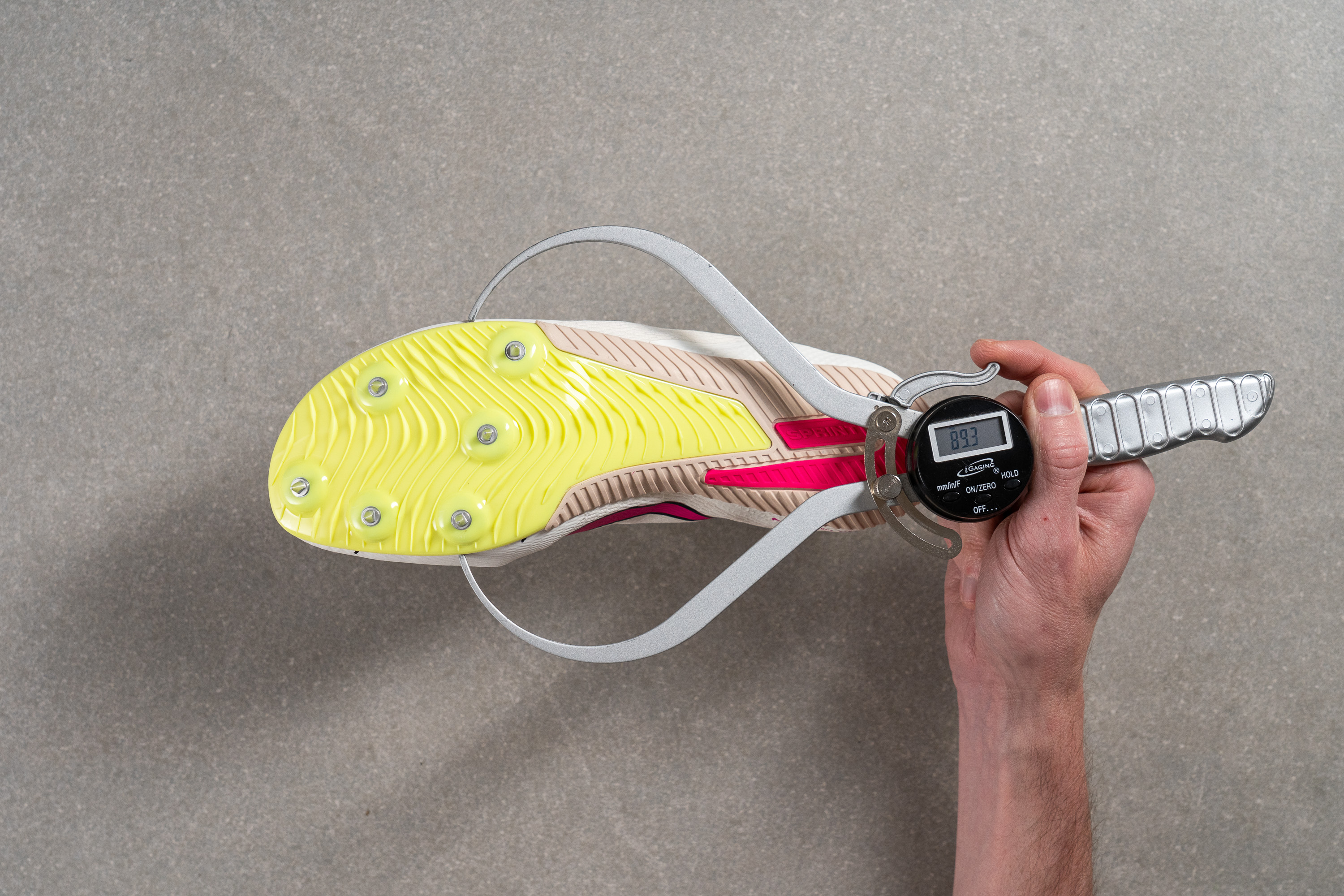
| Rival Sprint | 89.3 mm |
| Average | 94.4 mm |
Midsole width - heel
In the heel, we measured 64.0 mm, which, although appearing ultra-narrow, is actually a bit wide for a sprint spike. This indicates that Nike is also targeting this shoe at rookies and weekend warriors.
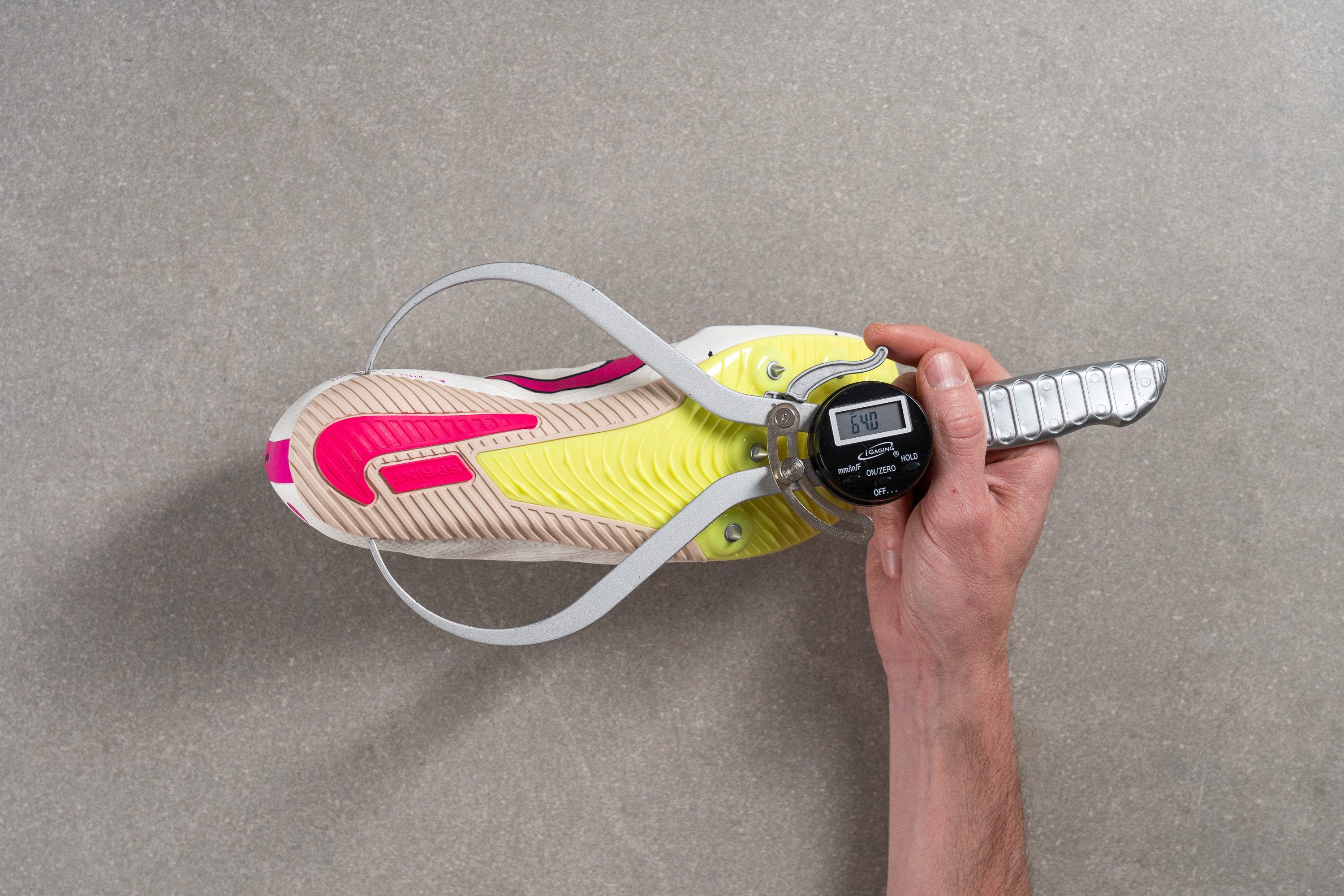
| Rival Sprint | 64.0 mm |
| Average | 62.3 mm |
Durability
Toebox durability
With such robust protection in the toe cap, we were optimistic about our toebox durability test. Eager to see the results, we quickly set up the Dremel here in the lab.
We were pleased to find that the TPU overlay effectively shielded the upper from damage, leading us to award the Rival Sprint an impressive 4/5.
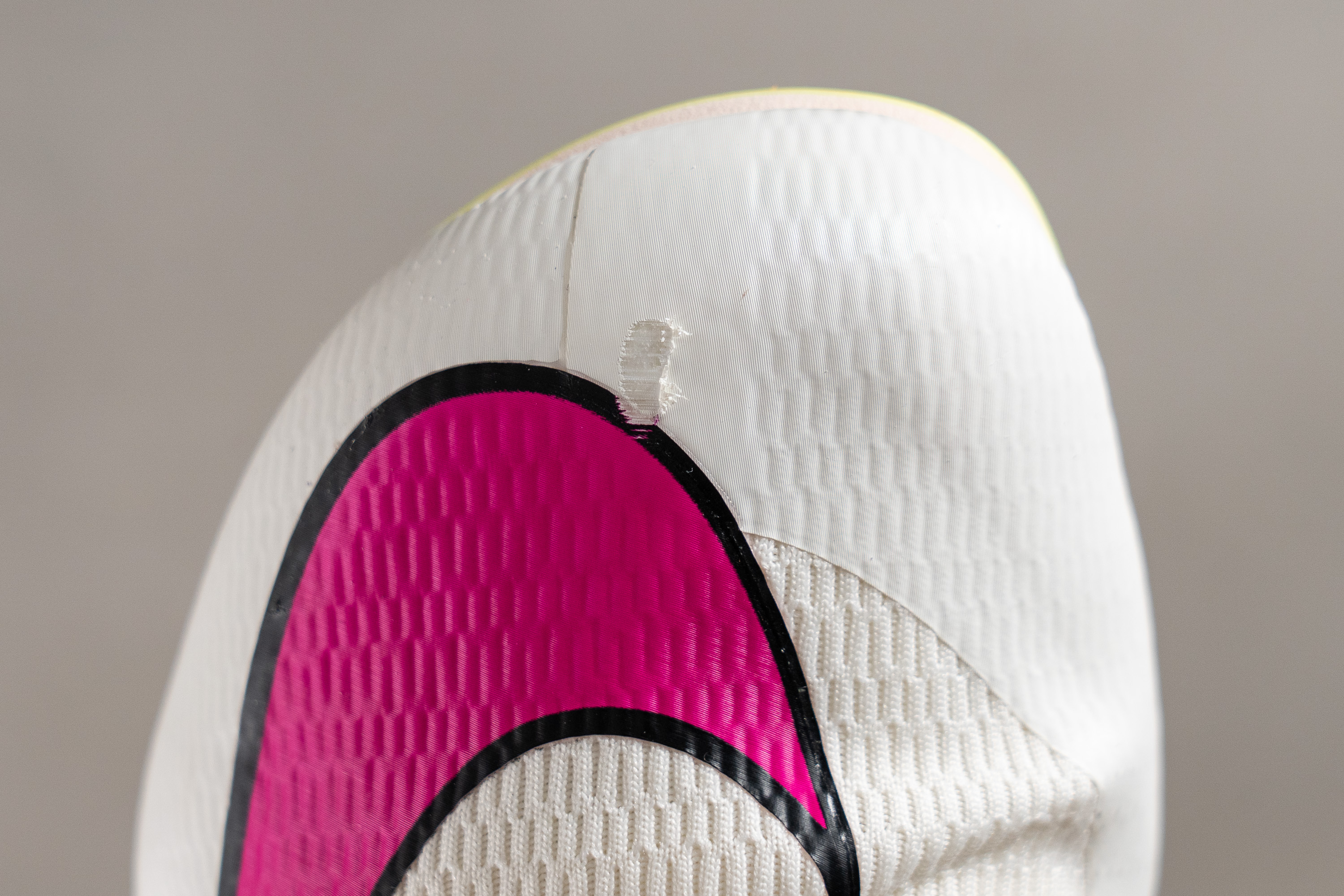
| Rival Sprint | 4 |
| Average | 2.3 |
Heel padding durability
Buoyed by our positive results from the previous test, we proceeded to evaluate the heel counter, mindful that some shoes perform differently in these distinct challenges.
Yet, the Rival Sprint impressed us once again, scoring a perfect 5 out of 5. If you're in the market for a durable and cheap track spike, look no further—this is it.
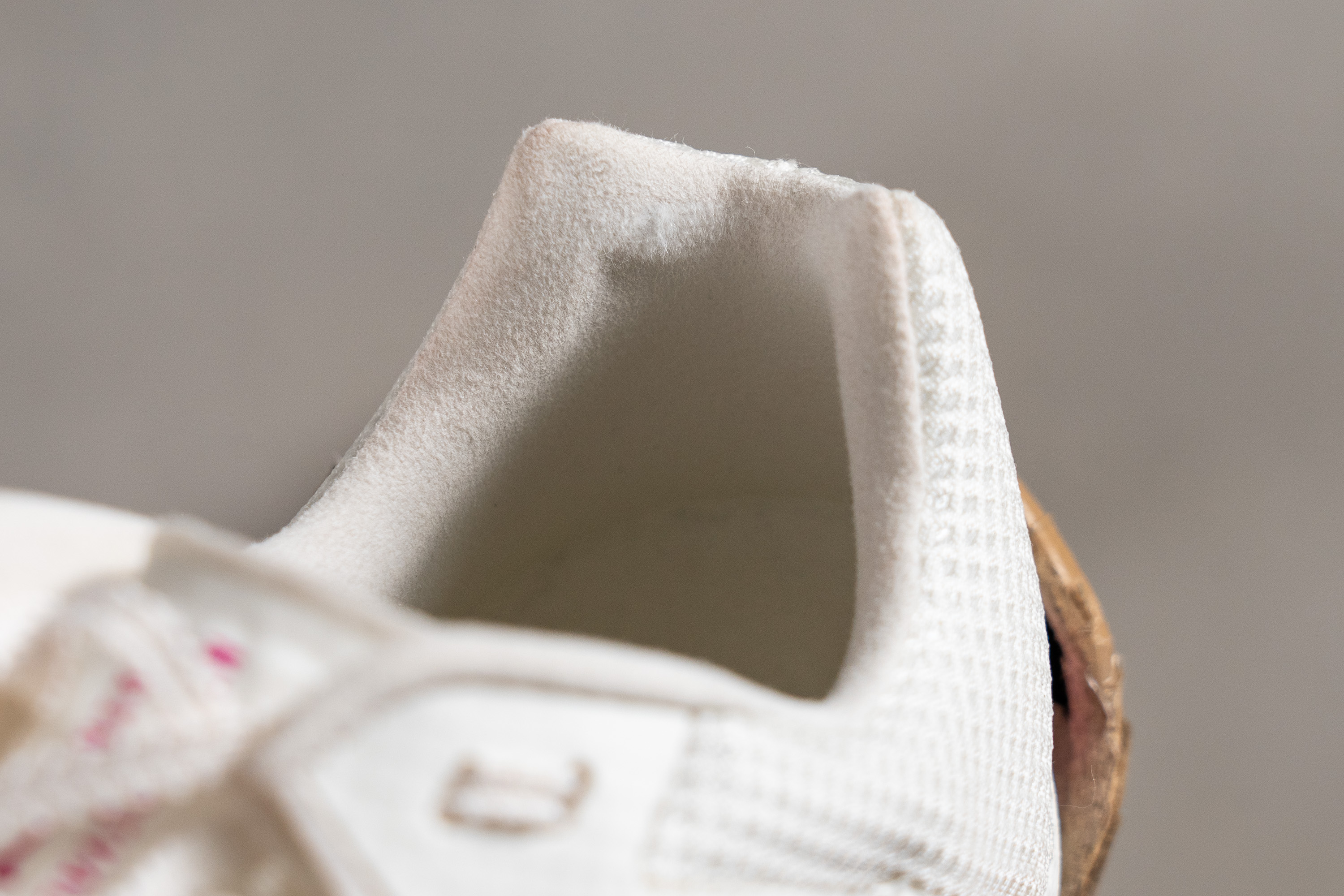
| Rival Sprint | 5 |
| Average | 3.5 |
Outsole thickness
The Rival Sprint features a tough, 2.8-mm rubber outsole paired with a vibrant yellow Pebax plate in the forefoot that extends through the midfoot.

We found that this dual configuration provides durability in the heel and adds stiffness to the forefoot.
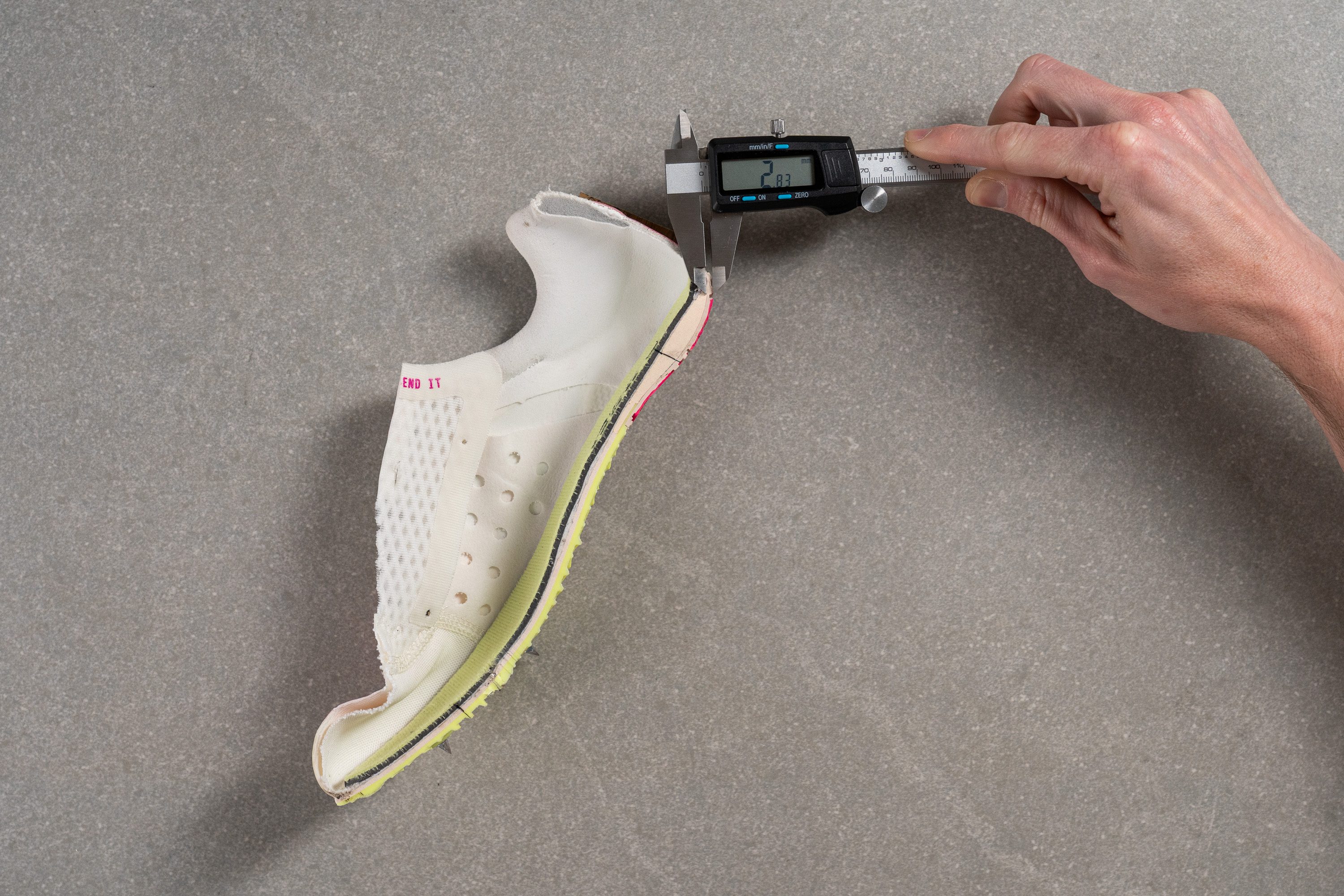
| Rival Sprint | 2.8 mm |
| Average | 2.7 mm |
Misc
Insole thickness
In line with what's typical for track spikes, the Rival Sprint maintains a lightweight approach with its 2.8 mm insole.
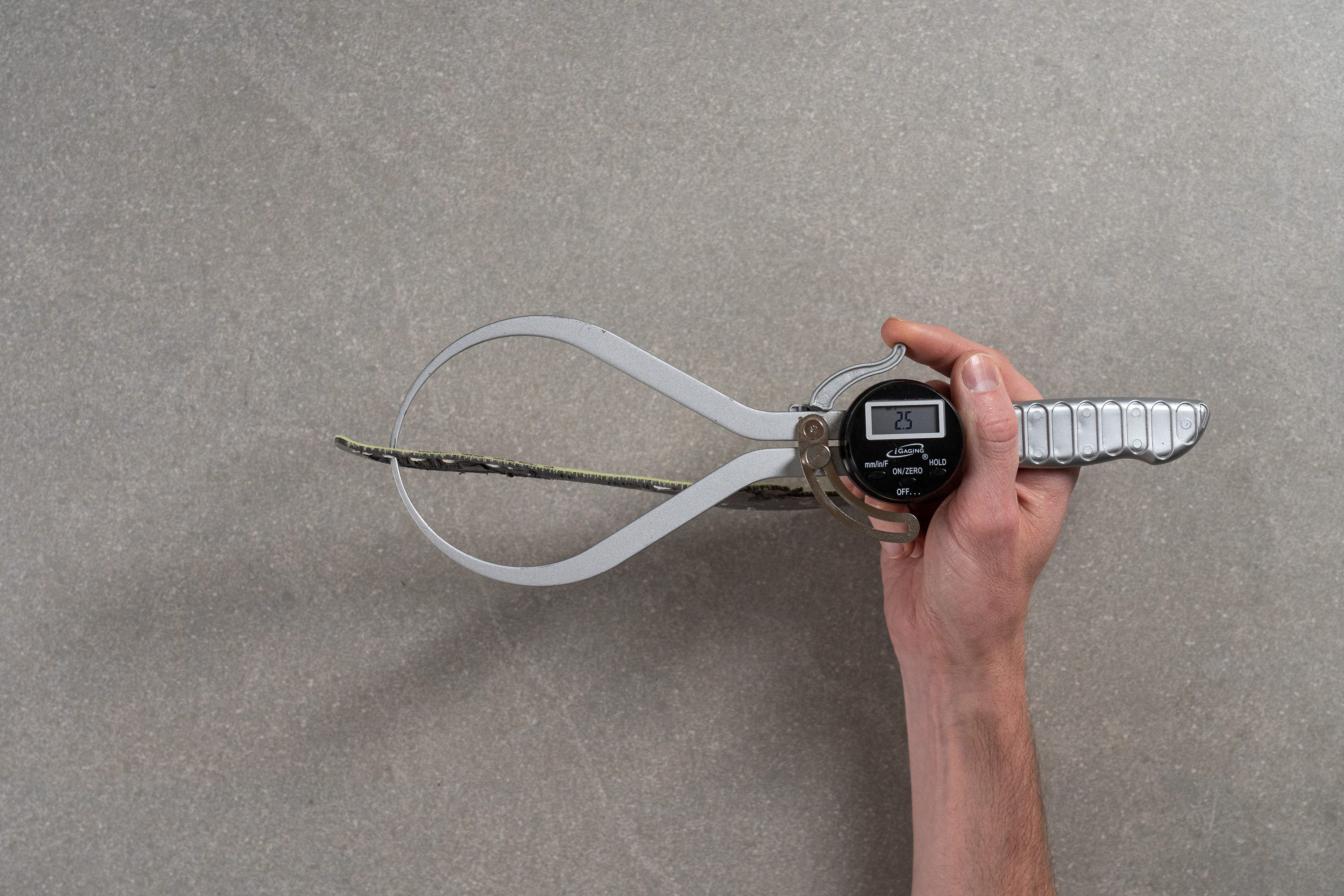
| Rival Sprint | 2.5 mm |
| Average | 2.9 mm |
Tongue padding
Being a spike designed for super-short efforts and 100-400 intervals, any reduction in weight is crucial. Therefore, the 1.2-mm thick tongue is a good choice despite lacking comfort.
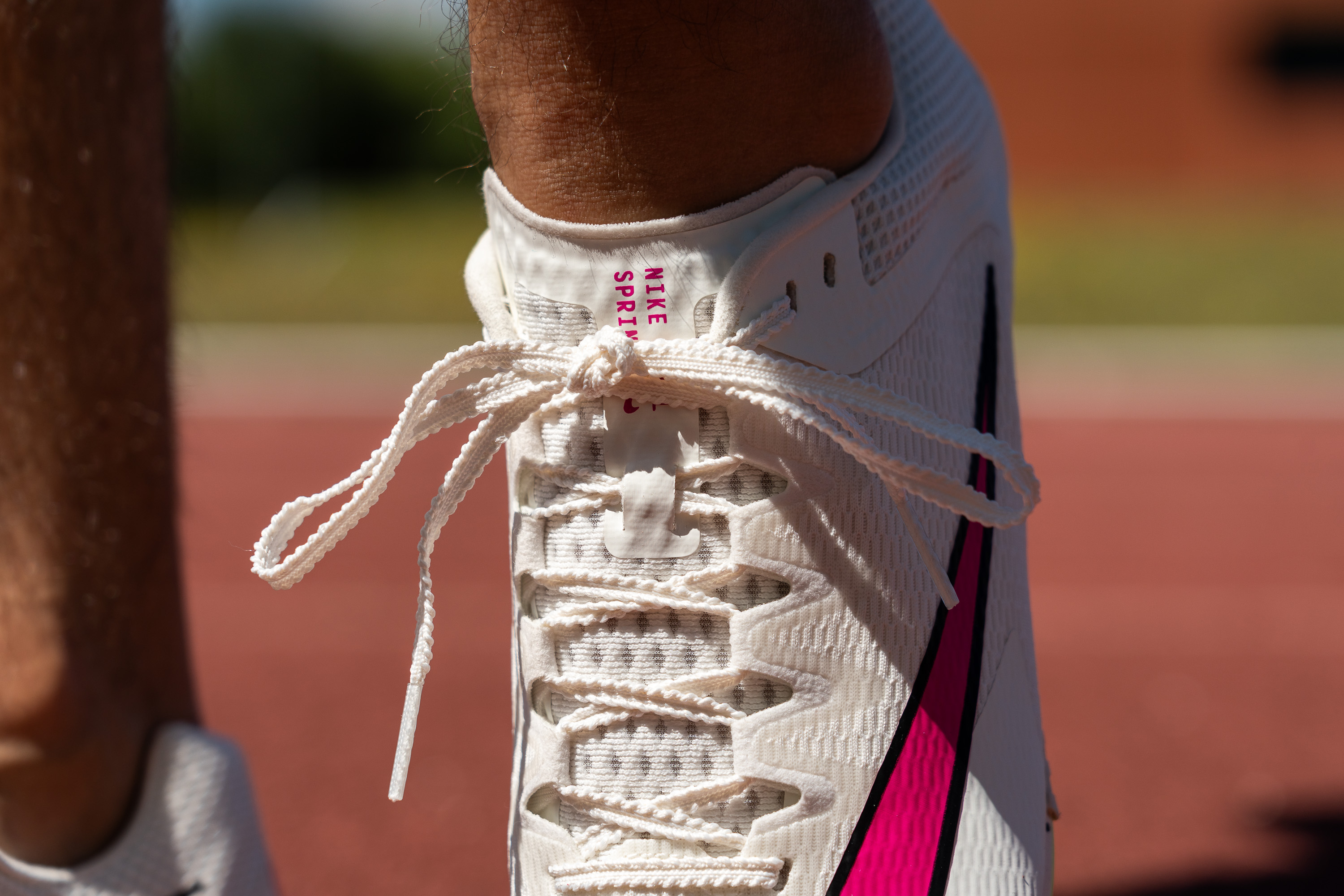
We also discovered that the Rival Sprint includes the notched laces found on Nike's top-tier supershoes like the Vaporfly 3—a significant bonus for such an affordable spike.
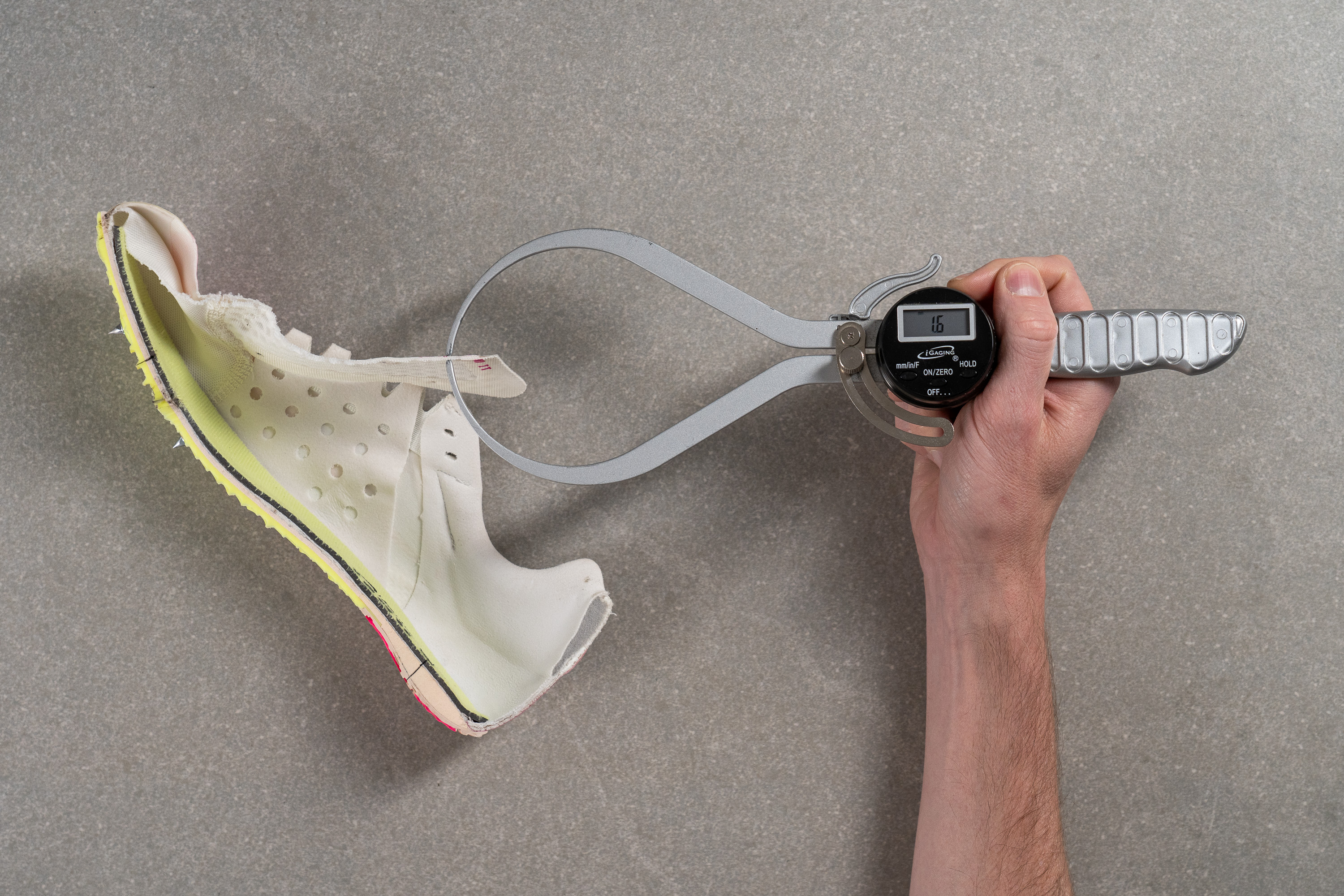
| Rival Sprint | 1.2 mm |
| Average | 2.4 mm |
Heel tab
We noticed the Rival Sprint lacks a heel tab, which makes sense since it closely mirrors the design of the Air Zoom Maxfly.
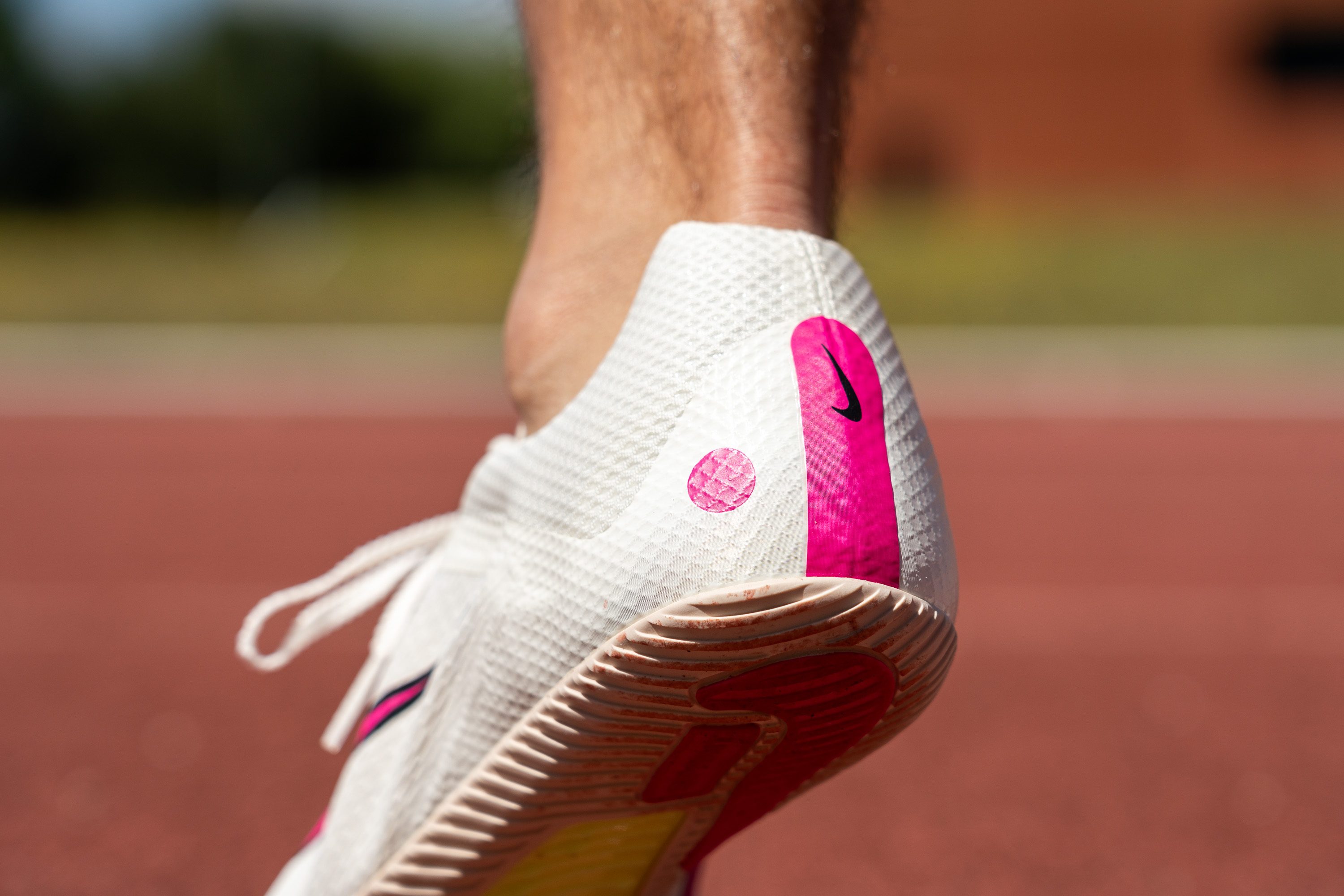
| Rival Sprint | None |












































